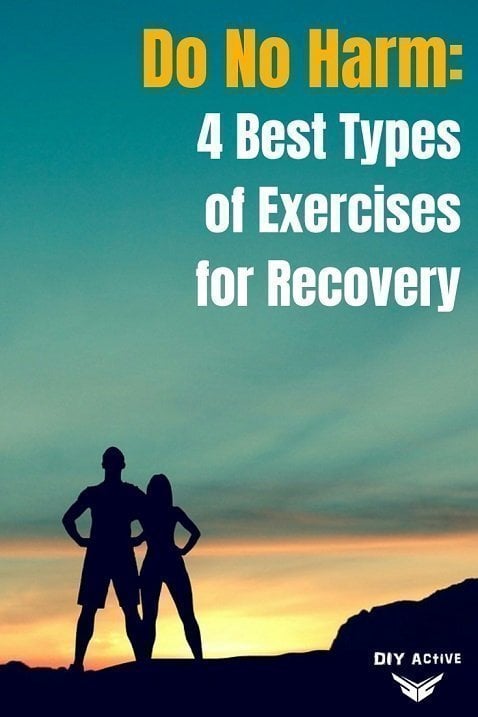Top Exercises for Recovery
Recovering after an injury or disease is a slow and painful process. Regular exercise can be a great helper, but it can also harm your health further.
Exercises for recovery after injury
To avoid this, you need to start slow and only practice types of exercises that are mild and suitable for rehab.
Those are swimming, Pilates, Tai Chi, and resistance training, but only light.
1. Swimming
Swimming is the leader of post-injury exercising and the best way to bring you back to optimal fitness, reports UPMC.
The main reason why swimming is so great for fitness in rehab is that despite being a very low-impact exercise, it’s a cardio, strength, and stretching workout rolled into one.

But while you are moving through the water, no part of your body bears any significant weight. This means that even people with extensive physical injuries can exercise while in water, even if they aren’t strong enough for a full-on swim yet.
2. Pilates
The studies of Pilates benefits as a part of injury recovery therapy aren’t many. But those few that exist show very promising results (Muscle, Ligaments, and Tendons Journal).
The reason for this is that this type of exercise is extremely versatile and adaptable in intensity. This means that you can always get the perfect Pilates classes to fix you up.
Regardless of whether you need a light exercise session to start rebuilding your strength or a hard workout to complement your free weights training.
Pilates is suitable for people at any fitness level. However, this exercise isn’t as low-impact as swimming. In fact, it can be rather intense. That’s one of its main benefits because the intensity is what you need to recover your fitness level.
You should be careful when practicing this type of exercise and only do this when supervised by an experienced trainer.
3. Tai Chi
Tai Chi is a reasonably mild type of exercise that incorporates martial arts elements. Today it is often included in post-injury recovery therapy due to the many benefits of the practice.
Note that Tai Chi offers not only physical benefits but also helps with the prevention and treatment of mental disorders (Psychiatric Clinics of North America). One of those issues is a traumatic brain injury, which many people in need of physical therapy suffer from.
There needs to be more evidence before anyone can claim the healing powers of Tai Chi for brain recovery.
However, it’s a fact that this exercise improves flexibility and stamina as well as strengthens the body overall. Tai Chi is rather slow-paced and is used to manage and treat chronic pains.
4. Resistance Training (Mild)
The benefits of resistance training for the musculoskeletal system are proven by research.
This type of exercise is an essential element of post-injury rehabilitation because it’s the most effective way to build up muscle and bone strength.
Wrap-Up
However, it’s extremely important to only do resistance training approved by your doctor and a certified physical therapist.
This isn’t a low-impact exercise, but its efficiency outweighs potential risks.
Therefore, you should do your best to minimize those risks if you want to get fit fast without risking setting back the healing. And to minimize them you need professional supervision and guidance.